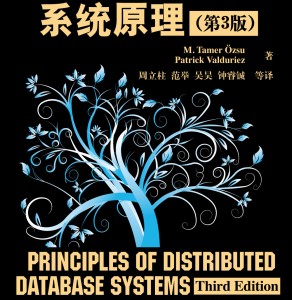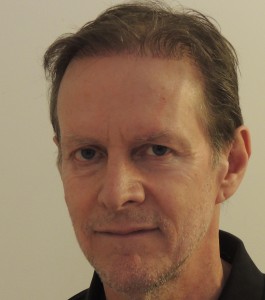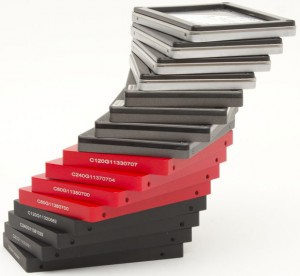Ingénieur R&D à fort potentiel, pour la conception d’un middleware pour réseaux sociaux d’entreprise
Beepeers, startup en forte croissance, a développé une plateforme pour aider ses clients (entreprises, collectivités et organisations diverses) à développer des réseaux sociaux et des applications sur smartphones, tablettes et ordinateurs (beepeers.com).
Inria est l’institut français dédié aux sciences et technologies du numérique (inria.fr).
La société et l’institut de recherche se sont rapprochés pour créer « Triton », un Inria Innovation Lab afin de préparer les futures évolutions et le déploiement à grande échelle de la plateforme technologique de Beepeers, et renforcer le fort développement de l’entreprise.
Plus précisément l’objectif de ce lab sera de réaliser un middleware modulaire, flexible et dynamique pour des réseaux sociaux d’entreprise qui facilitera le passage à l’échelle, l’ajout de nouveaux services et un déploiement automatique des diverses solutions de Beepeers sur des clouds. Cette nouvelle architecture sera fortement basée sur les dernières avancées technologies suivantes :
- base de données NoSQL (base de données orientée graphe) ;
- architecture orientée services (Spring, Osgi, RESTful) ;
- Cloud Computing pour le déploiement ;
- Big Data pour la partie analyse/extraction (Hadoop).
Au sein du Lab Triton, l’ingénieur sera amené à :
- adapter aux contraintes du projet de R&D ces nouvelles technologies, en particulier les base de données NoSQL et les architectures orientée services ;
- de mettre en place des mécanismes d’architecture décentralisés, permettant le passage à l’échelle des solutions proposées ;
- concevoir pour les besoins spécifiques des solutions de Beepeers, des algorithmes efficaces de propagation, de diffusion, d’échange d’informations et d’extraction d’informations ;
- de permettre l’accès à des services métiers ou techniques localisés sur d’autres sites.
Profil recherché
- Ingénieur (Master 2) avec 2 ou 3 ans d’expérience ou titulaire d’une thèse dans le domaine ;
- Avoir 2 à 3 trois ans d’expérience en développement d’architecture logiciel en Java, à base de composants, notamment Spring ;
- Avoir une expérience dans la gestion de bases de données de type NoSQL (Hbase, MongoDB, Cassandra…) ;
- Etre autonome et proactif ; savoir travailler en équipe et en mode projet.
Au delà du Lab, la mission confiée à l’ingénieur pourrait déboucher sur un poste clef dans la société.
Dossier de candidature
Votre curriculum vitae et une lettre de motivation devront être adressés à :
Didier Parigot, Inria – Senior Researcher : didier.parigot@inria.fr ;
Patrice Prez, Inria – Head Tech Transfer Office @ Sophia : patrice.prez@inria.fr
Alain Prette, Beepeers – CEO : alain.prette@beepeers.com.









